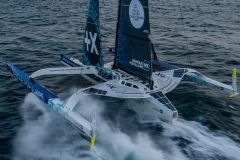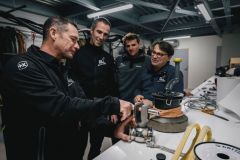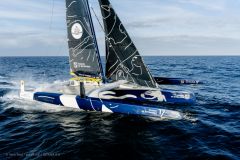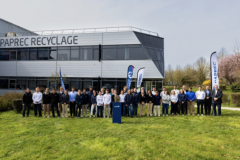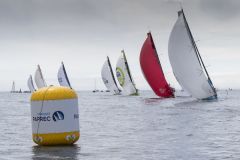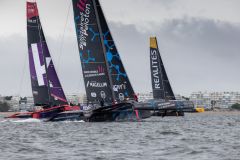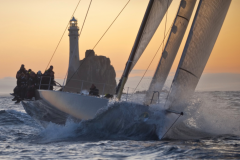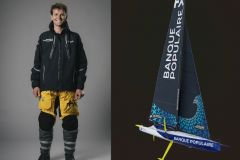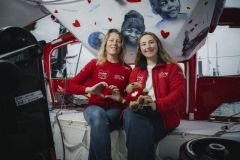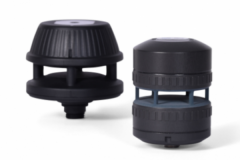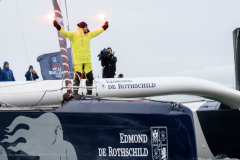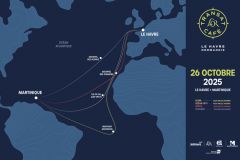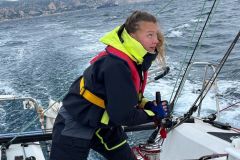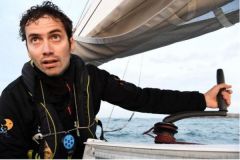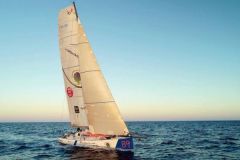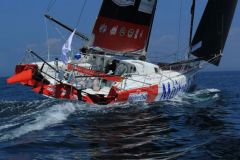The Transat Jacques Vabre euros double-handed race retracing the coffee route taken by the great sailing ships of the 17th century e this year's edition of the Euro Century Sailing Race has been sold out. Record participation, since 80 crews (and therefore 160 skippers) will set off from Le Havre on November 7, 2021 towards Fort-de-France, in Martinique. A first for the raceeuros! The course totals 5euros800 miles, but with different routes according to the different classes of boats, in total 4.
5euros800 miles and 3 different routes
"We are keeping this North-South route with a departure from Le Havre, on a starting line historically placed north of Cap de la Hève. This one will be slightly modified to accommodate as many boats. They will then pass in front of Étretat, the last mark on the course before setting sail. This will be followed by an obligatory passage through the English Channel and then the Bay of Biscay, which is a strong marker. The sailors of the biggest boats will also have to negotiate the Doldrums, which is often the source of difficulties, before the Equator. It is from this point on that the routes will differ a little" explains Francis Le Goff, race director.
The Class 40s will be the only ones not to pass the Equator, and will turn towards Martinique after Cape Verde. The Ocean Fifty (ex Multi-50) and the IMOCA boats will sail down to the Fernando de Noronha archipelago, which they will round before heading up towards the West Indies. Finally, the Ultims will head south, to round a buoy east of Rio, a " longer course, but for boats that go much faster."
"The goal is that the effort is the same for all the classes. That the time spent at sea is the same and that they all compete in the same way. Arriving in a group encourages media coverage and visibility of all by the general public, who will be able to attend the arrivals continues Francis Le Goff.
The city of Fort-de-France is building a marina in the heart of the city with hundreds of meters of pontoons and a large village to make the arrival a great celebration.







